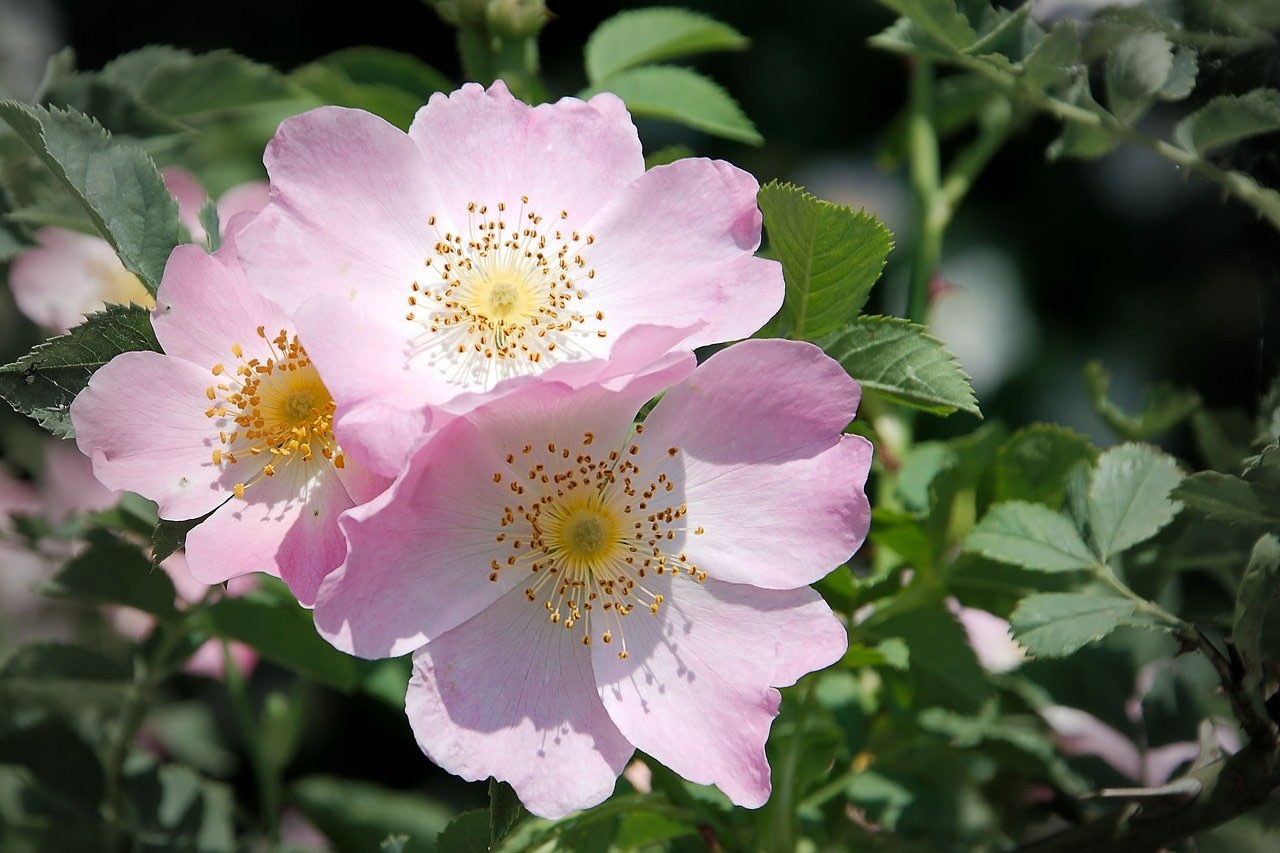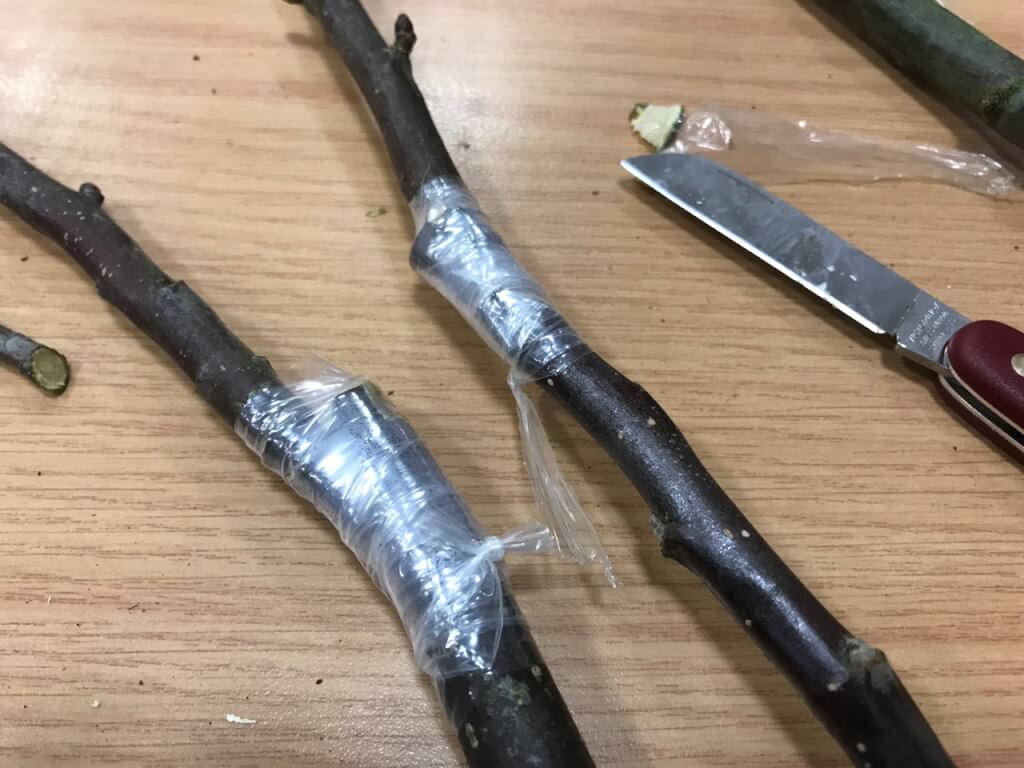Hi @sam-bond
Thanks for the question about rose grafting. It's a fascinating and technical method of propagating roses.
For any other new gardeners out there I'll just explain how this works so everyone understands how to propagate roses.

When growing roses you have a few ways to propagate or multiply them.
1.Growing roses from seed - super slow and can be very haphazard without lots of care and attention. Possible but will take a good few years to get the desired plant height and shape when growing from rose hip seeds.
https://youtu.be/DICGT44SMSs
2.Taking cuttings in summer from soft fresh green wood - this is an easy and cheap way to propagate roses. However, you will end up with sometimes inconsistencies in growth compared to the parent plants. This is because you're growing the original rose specimen not the root stock controlled version. However, you'll get many roses within a year or two. Follow my guide to softwood cuttings here.
https://youtu.be/KRxEh05E5iI
3. Rose grafting or budding - this is the most popular way to breed roses both commercially and in our gardens, But it is the trickiest to achieve! It involves taking a fresh bud from the parent rose - the scion - and then making a cut in a suitable root stock ( a root that you can predict the vigour or growth of) and then grafting the bud to it so the rose scion gets its nutrients from the root stock. This allows us to create smaller or more predictable roses.
Grafts make the rose more tolerant, prolific with flowering or healthier than if it was grown on its true rootstock. See the apple tree grafts below for a similar process.

The problem with trying to graft into old wood Sam is that you're A) bypassing the true rootstock - which will be about 4 inches above the ground before the graft B) the wood is tough and not young/vigorous enough to be able to support new grafts. Both problems will result in even growth or a lack of healthy grafting.
I can appreciate you want to have more roses visible, but I think a better and less fussy alternative is to grow a good vigorous scrambling rose up next to it, such as Gertrude Jekyll or some other hard flower-packed climbing rose.
I'd enjoy the rose you have in its current state but make sure you prune it each winter where it's visible but then climb something else up it or adjacent to it on an obelisk.
Here are a few more rose care guide videos to help.
https://youtu.be/-Occ2WuIBnU
https://youtu.be/eCQDzpsvANA
https://youtu.be/KsylVuPsc0w
https://youtu.be/SKnDofyV2PQ
All the best & keep us posted Sam!
Lee
Hi @sam-bond
Thanks for the question about rose grafting. It's a fascinating and technical method of propagating roses.
For any other new gardeners out there I'll just explain how this works so everyone understands how to propagate roses.

When growing roses you have a few ways to propagate or multiply them.
1.Growing roses from seed - super slow and can be very haphazard without lots of care and attention. Possible but will take a good few years to get the desired plant height and shape when growing from rose hip seeds.
2.Taking cuttings in summer from soft fresh green wood - this is an easy and cheap way to propagate roses. However, you will end up with sometimes inconsistencies in growth compared to the parent plants. This is because you're growing the original rose specimen not the root stock controlled version. However, you'll get many roses within a year or two. Follow my guide to softwood cuttings here.
3. Rose grafting or budding - this is the most popular way to breed roses both commercially and in our gardens, But it is the trickiest to achieve! It involves taking a fresh bud from the parent rose - the scion - and then making a cut in a suitable root stock ( a root that you can predict the vigour or growth of) and then grafting the bud to it so the rose scion gets its nutrients from the root stock. This allows us to create smaller or more predictable roses.
Grafts make the rose more tolerant, prolific with flowering or healthier than if it was grown on its true rootstock. See the apple tree grafts below for a similar process.

The problem with trying to graft into old wood Sam is that you're A) bypassing the true rootstock - which will be about 4 inches above the ground before the graft B) the wood is tough and not young/vigorous enough to be able to support new grafts. Both problems will result in even growth or a lack of healthy grafting.
I can appreciate you want to have more roses visible, but I think a better and less fussy alternative is to grow a good vigorous scrambling rose up next to it, such as Gertrude Jekyll or some other hard flower-packed climbing rose.
I'd enjoy the rose you have in its current state but make sure you prune it each winter where it's visible but then climb something else up it or adjacent to it on an obelisk.
Here are a few more rose care guide videos to help.
All the best & keep us posted Sam!
Lee
 Lee Burkhill: Award Winning Designer & BBC 1's Garden Rescue Presenters Official Blog
Lee Burkhill: Award Winning Designer & BBC 1's Garden Rescue Presenters Official Blog



